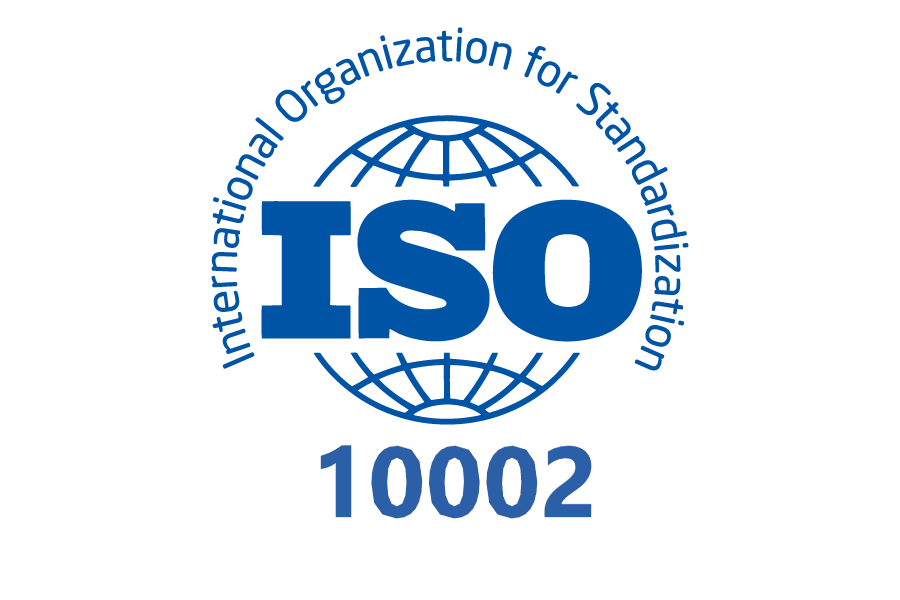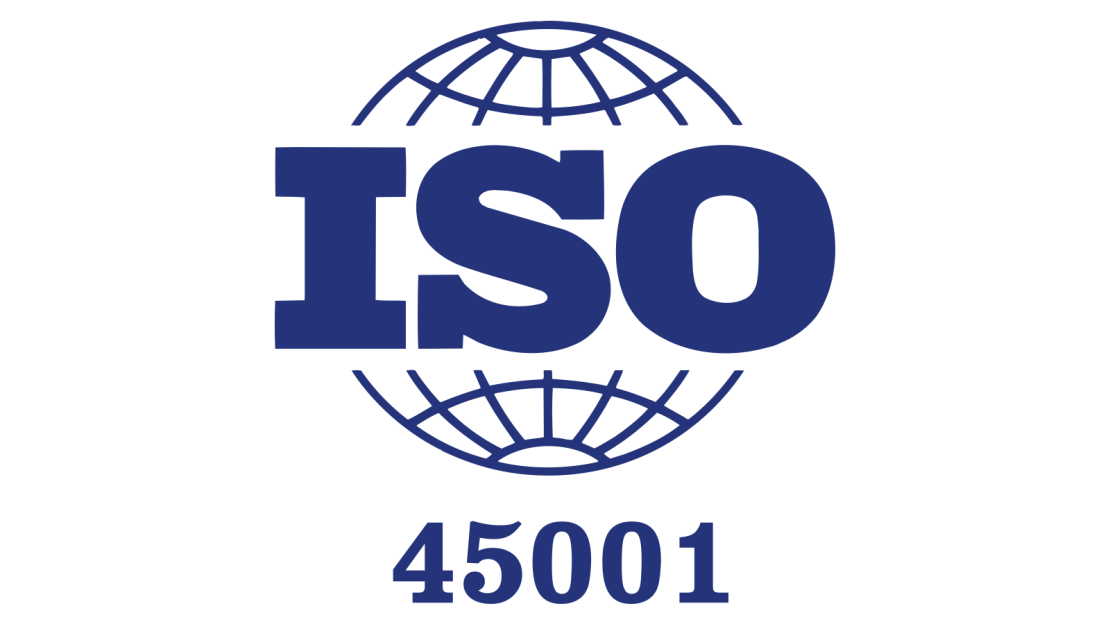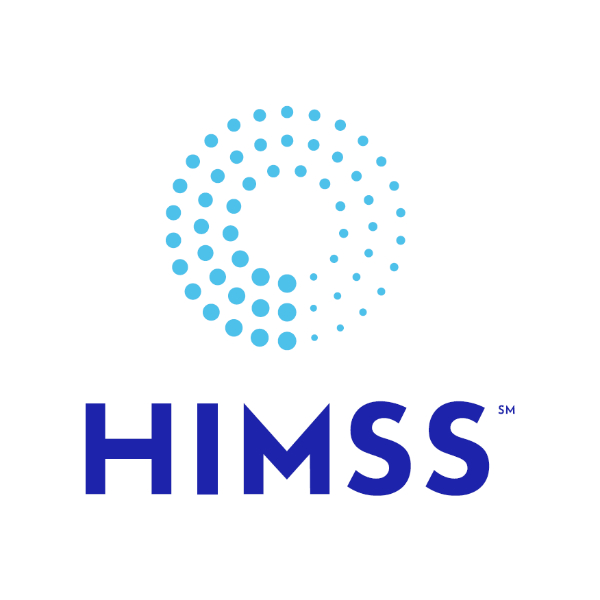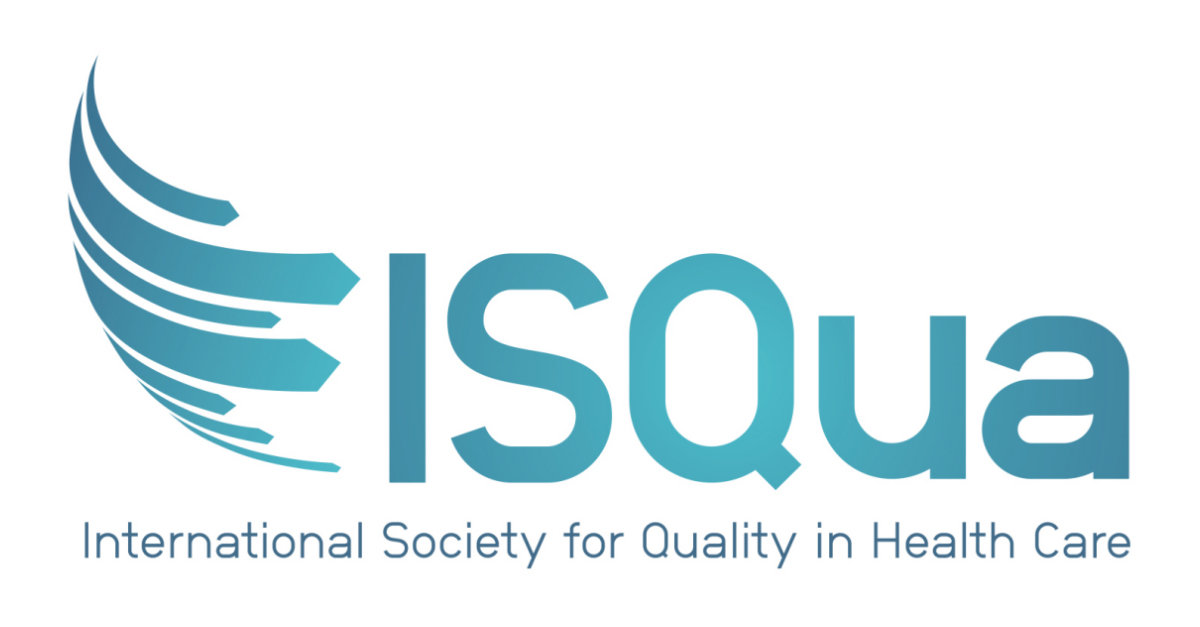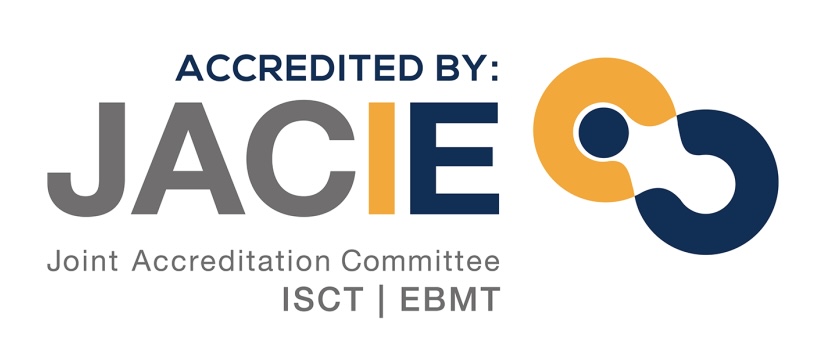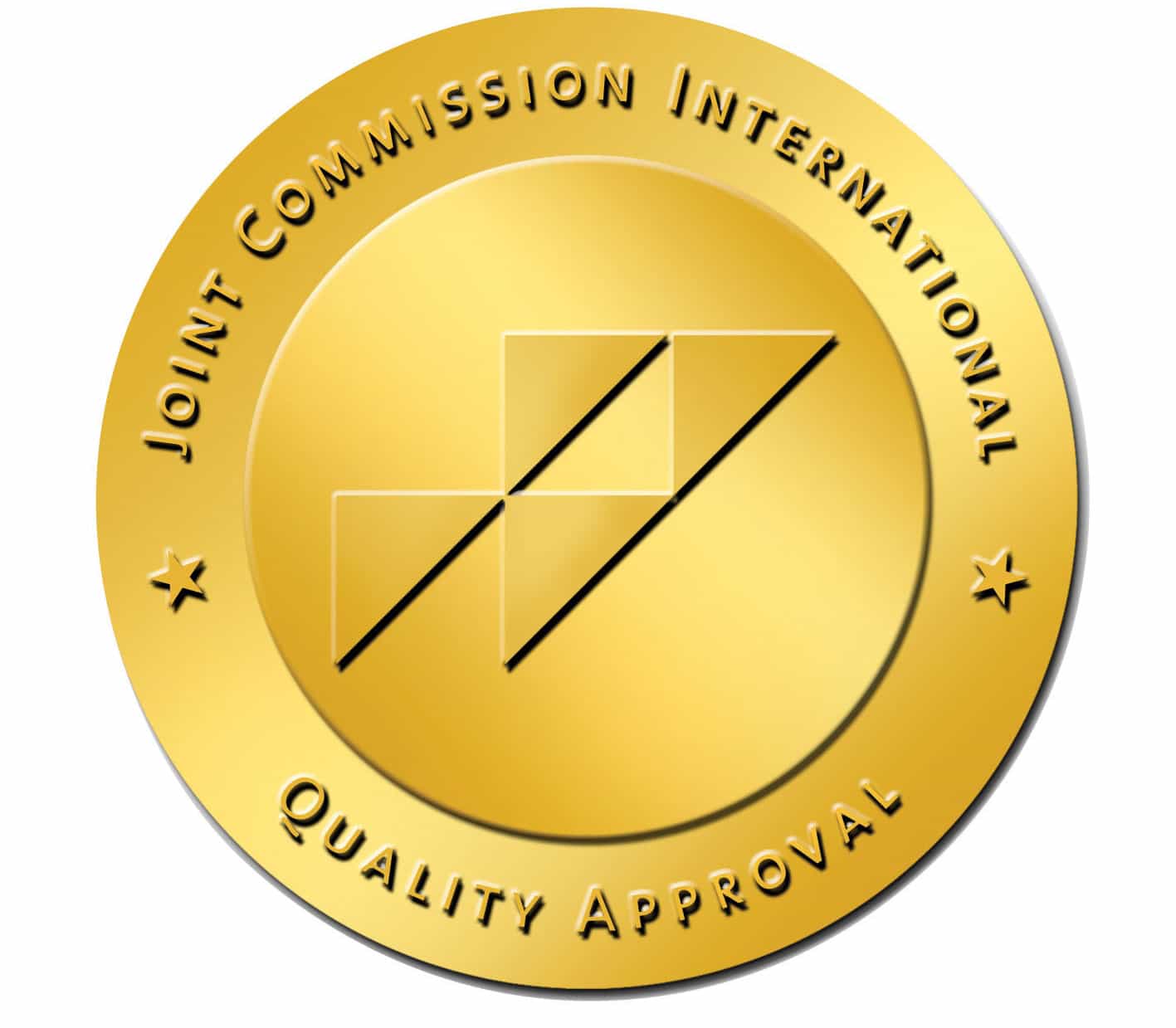
Stroke Center
Stroke Center
What is stroke?
Stroke occurs when blood flow to any part of brain ceases, resulting in disruption in supply of oxygen and glucose to the brain, or sometimes when bleeding occurs in the brain. Inspired by heart attack, it is also called “brain attack." This leads to temporary or permanent damage to brain cells.
The permanent damage to the cells may cause irreversible dysfunction in the part of brain controlled by damaged cells; for example; full or partial stroke arising out of the damage to cells in right hemisphere of brain that controls function of movement results in weakness in left arm and leg.
Symptom of Stroke
- Weakness in one or both sides of the body: most commonly occurs in arms, legs, hands and face. Usually, both right or left arm and leg are involved.
- Sensorial deficit in one or both sides of the body: Some people may experience sensorial deficit in the form of anesthesia, numbing and pins and needles in a part of body.
- Speech disorder: The stroke patient experiences slurred speech, lisping or sometimes difficulty remembering certain words. Others face difficulty in understanding other people.
- Altered mental status: Loss of consciousness, sleepiness, altered place, time and person orientations, inability to comprehend questions and commands.
- Visual impairments: Stroke can be manifested by double vision and loss of vision in either right or left field of vision in one eye.
- Sudden-onset headache: Headache with unknown cause, dizziness, nausea, vomiting and postural balance problems may be experienced.
Treatment of Stroke
Place and type of care and treatment are important for stroke patients. The most important recent development is the fact that care and treatment at “Stroke Centers", more commonly called “Stroke Units", which are configured similar to coronary intensive care unit, wherein patients with myocardial infarction is admitted in early stage, significantly help stroke patients.
How Can I Prevent Stroke?
Following treatments can be administered alone or in combination after patients medical condition and cause of the stroke, if any, are taken into consideration.
Medication therapies
Anti-thrombotic drugs are medications that prevent formation of clot, which may cause stroke, and growth of existing clots. There are two sub-groups in this group of medication:
1. Anti-platelet drugs: These medications prevent formation of clots by hindering attachment of platelets to plaque formations, which cause stenosis. Aspirin is a drug listed in this group. 2. Anti-coagulant Agents: these medications prevent formation of clot in blood vessels and growth of existing clots.
Surgical Treatments
Endarterectomy
Carotid arteries lie at both sides of the neck and supply blood to the brain. The procedure is performed when these vessels are stenotic or occluded. Carotid artery is exposed through a small incision made on front side of the neck and the plaques that cause the stenosis are shaved off the wall.
Interventional Treatments
Vascular stenosis can be managed with interventional or endovascular treatment methods that are done through angiographic approach instead of endarterectomy, when deemed necessary. This method helps treatment of stenosis not only in blood vessels that can be surgically accessed, such as carotid artery, but also in smaller intracranial vessels, for which surgery cannot be done. For this purpose
Angioplasty
A special catheter is inserted into an artery in the groin and advanced to the blood vessel of the brain that is stenotic secondary to plaque formation. When the stenotic part of the vessel is reached, the balloon located in one end of the catheter is inflated to dilate diameter of the vessel and restore patency of lumen. Thus, the blood flow into the brain is improved.
Stent implantation
A special catheter is inserted into an artery in the groin and advanced to the stenotic segment of the vessel in the brain secondary to plaque formation. The balloon in one end of the catheter is inflated, if required, to dilate the stenotic segment. Then, a stent is placed at the stenotic part of the vessel and thus, the stenotic segment is dilated. So, blood flow to the brain is restored.





